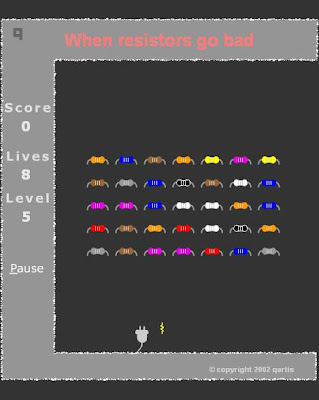Imagine if
1 Rupee= 45 $ ??Here is an old imagination... but renewed now...
What happens if ONE INDIAN RUPEE = FORTY-FIVE AMERICAN DOLLARS !!!
There'll be tremendous improvement in the economy of India. India's exports will increase, imports will decrease ad ...
India becomes a super power as Economy is Power.
That is this. Yes. From today on,
"ONE INDIAN RUPEE = FORTY-FIVE AMERICAN DOLLARS"
Imagine... from then, this may happen...
SCENE 1Venue : Microsoft Corporation, New York, US
Some s/w engineers are seeing Photos.
s/w engg 1 : What's that?
s/w engg 2 : Bob's photographs from India.
s/w engg 1 : WOW! Let me see. Which is this place?
s/w engg 3 : (Sees the photo) This is Ramanthapur, Hyderabad.
s/w engg 1 : WOW! And what is this? He's got an TVS 50 also.
s/w engg 2 : Let me see (sees). Sexy yaar. This guy enjoys life man...
s/w engg 3 : You know how much a TVS 50 costs? Nearly 200K. Say it in dollars...
s/w engg 2: Oops. We can't dream of such a thing here.
s/w engg 1 : Let's go to India & try for a job.
[Everybody excited.]
SCENE 2Venue: Sun Microsystems, SanFrancisco, California, US
s/w engg 1: I'm with you man. My Visa is expected
anytime. Soon I will fly to India
s/w engg 2 : Ohhh... When is the party?
s/w engg 1: When I get it on hand.
s/w engg 2: Where will you be working?
s/w engg 1 : I'll be working in Madhapur.
s/w engg 2 : Oh! Madhapur. Great yaar. where'z it ...
s/w engg 1 : It is in Hyderabad.
s/w engg 3 : Exciting place yaar. Nice climate Not like California. You’ll love the weather yaar.One of my friends is in Jaipur,Rajasthan...He says it's the ultimate place to live in. Cool maan.
s/w engg 2 : Who is the client yaar?
s/w engg 1: You know Municipal Corporation of Hyderabad?
s/w engg 3 : Yeah. MCH. One of my friends is there in the Road Cleaning Division. Most challenging job yaar. People are working in the cutting edge of technology there.
s/w engg 1 : I'll be writing software for the accounts department of the GCU.
s/w engg 2: GCU? what it means...?
s/w engg 1 : that is Garbage Collecting Unit.
s/w engg 3 : : Great yaar. That's what I like about that country. You can get a job which requires all your skill. Not like here. See I'm writing software for the space shuttle remote control.I hate this.
s/w engg 1 : Don't worry guys. I'll give you my Hotmail id. You can send your resume to me and I'll forward it to the HRD.
[Everybody takes down his Hotmail id.]
SCENE 3Venue: IBM, New York, US
(Conversation between a Male s/w engg. and Female s/w engg.)
Male : Hi!
Female: Hi. You know. I'm planning to settle in India soon.
Male : What??
Female : Yeah. My marriage will be here in America only. He is doing his B.Tech in Al-Habeeb College and he's coming here for a month. His study will be over in 2 months. He's already got a job in BEBO (Bharat Electricity Board). We planned to settle in Mehdipatnam itself... I'm also planning to work there. Let's see...
Male: Good luck... dont forget us & US...
SCENE 4Venue: Intel Corp. US
s/w engg 1: Great news guys. Our George has got admission in the Al-Habeeb College in Hyd with scholarship for B.Tech ( EIE). A great new field yaar...
All are excited...
George : Got my Visa yesterday. It's all finalized now.
s/w engg 2 : Congrats yaar. So you are out of this country.
S/w engg 1 : B.Tech in Electronics And Instrumentation ...ohh...man, enjoy your life there?
s/w engg 2 : : Got full aid, eh?
George : Yeah. Got the UGC scholarship That will be 120 Rupees per Year. . . (sooo great)
s/w engg 1 : Great. Enjoy.
s/w engg 2 : (Thinking loud) Hmmm... 120 Indian Rupees ...! That means 120 * 45 = 5400 Dollars... with that amount I can buy a three bed-room flat & a Mercedes here...!!!







